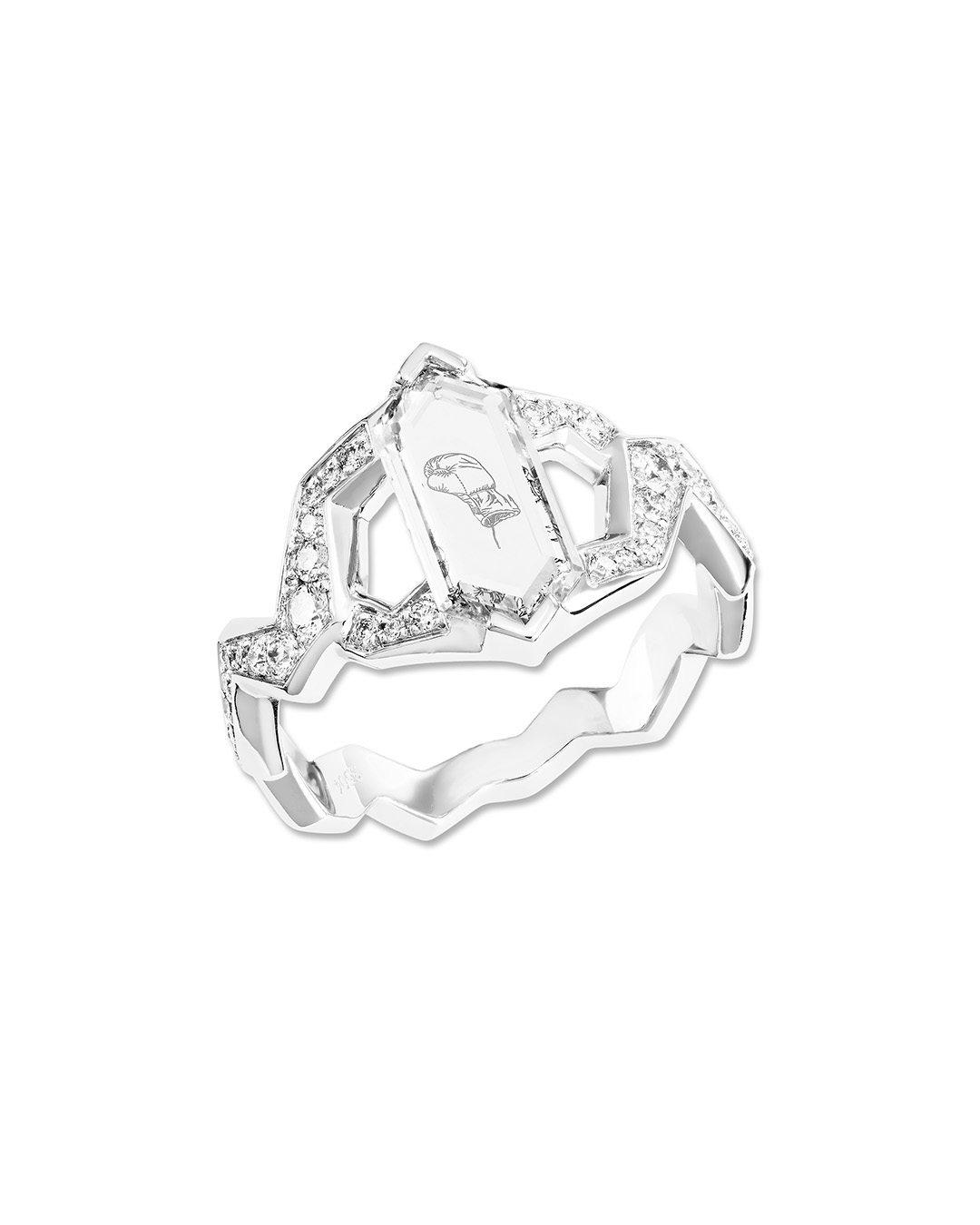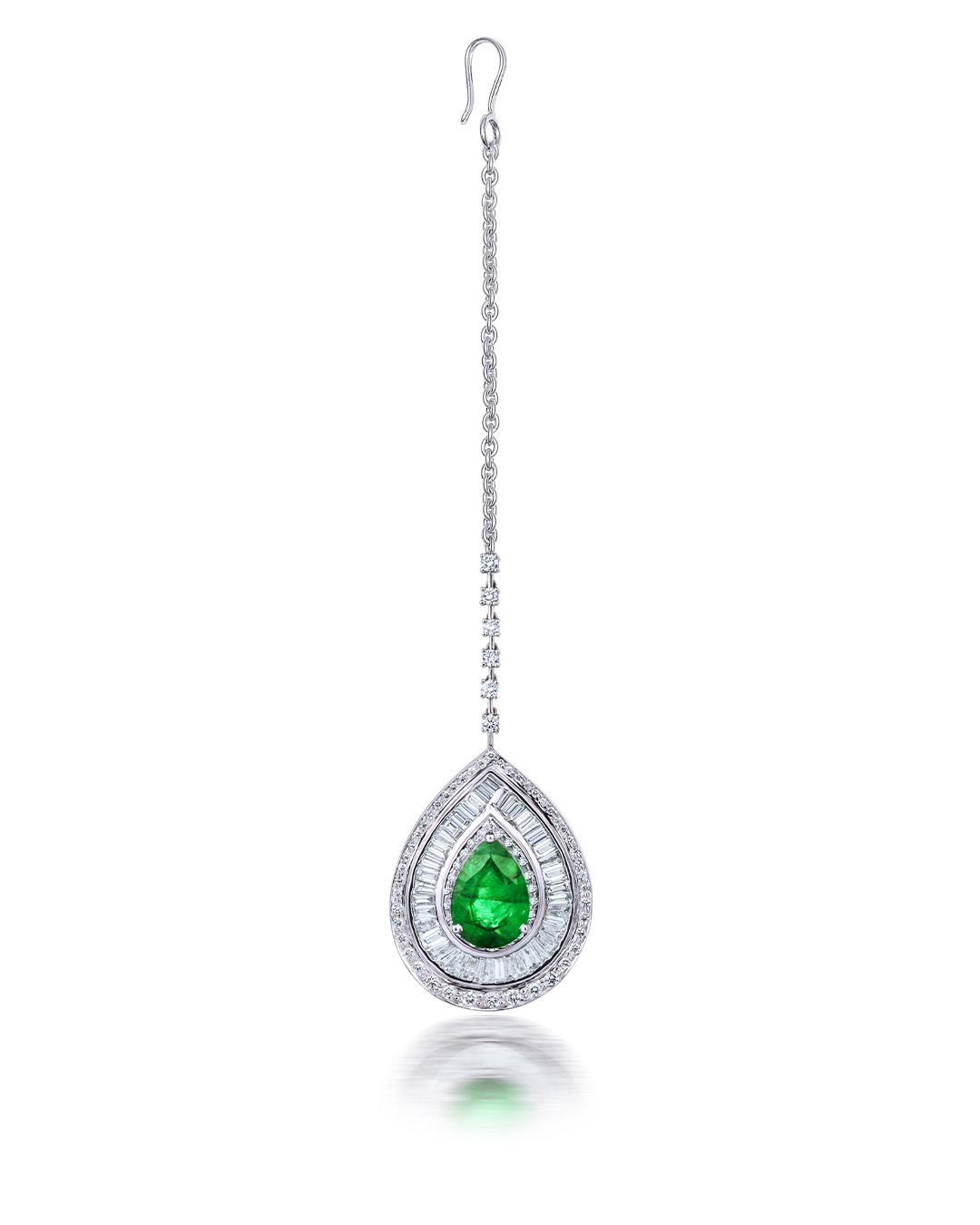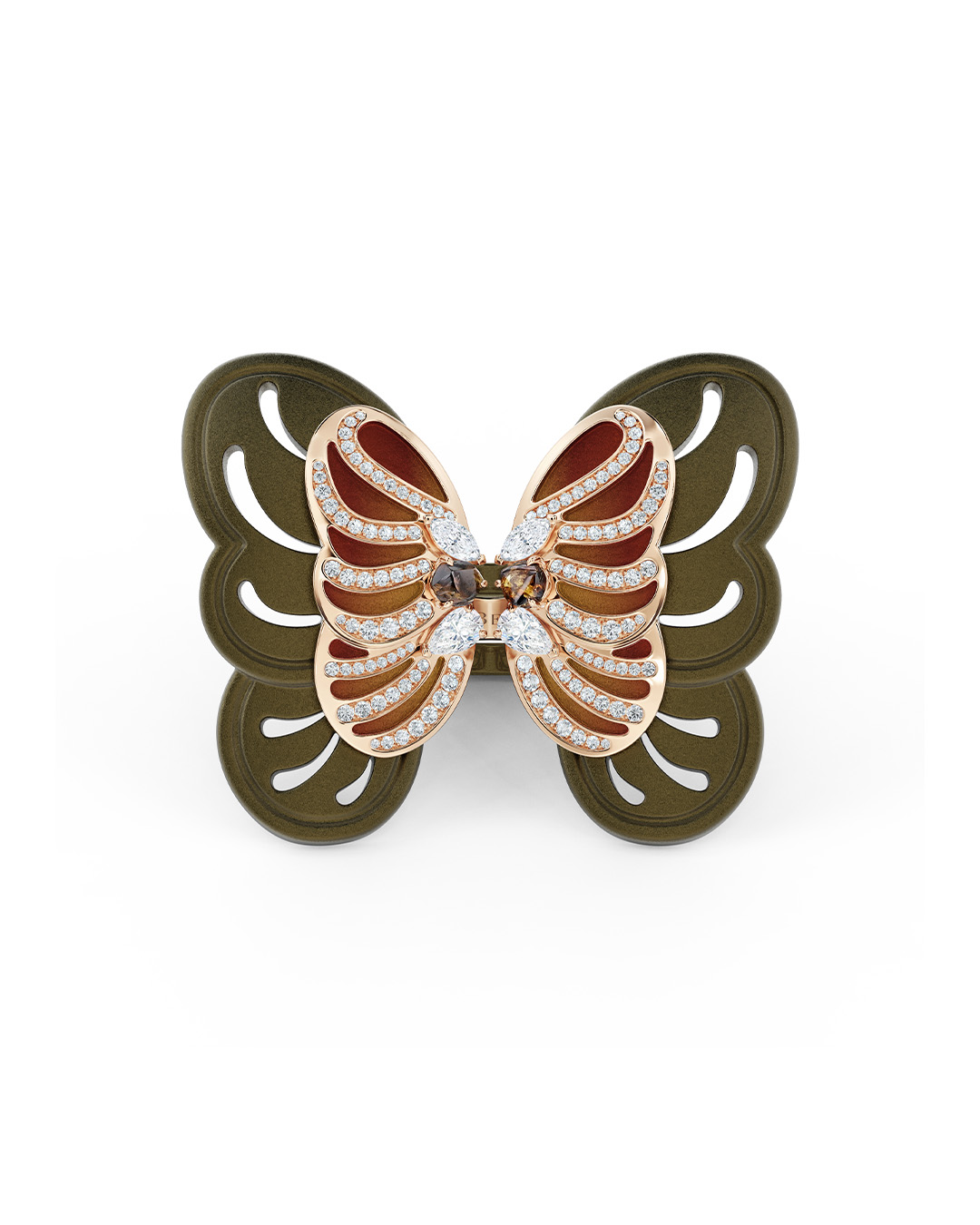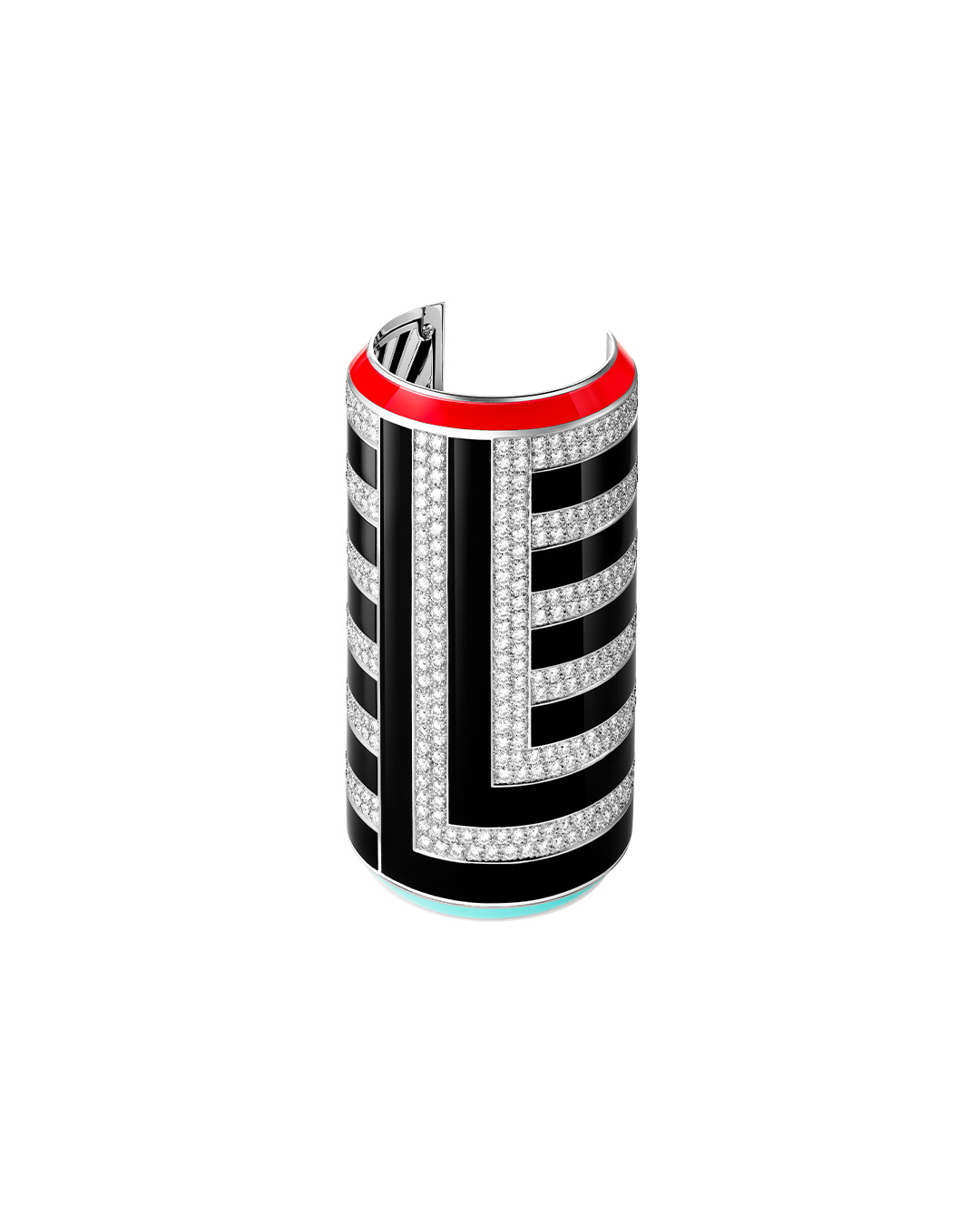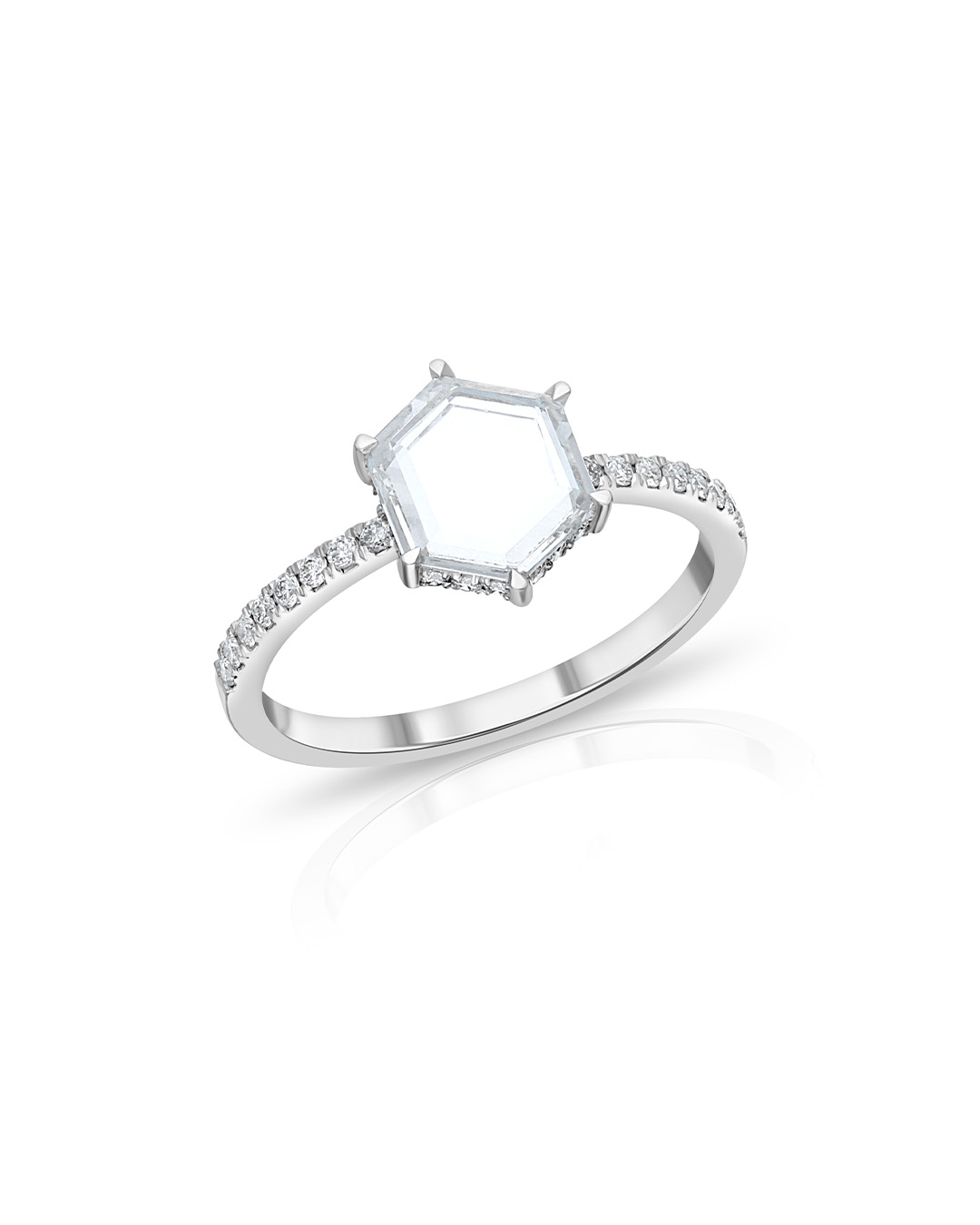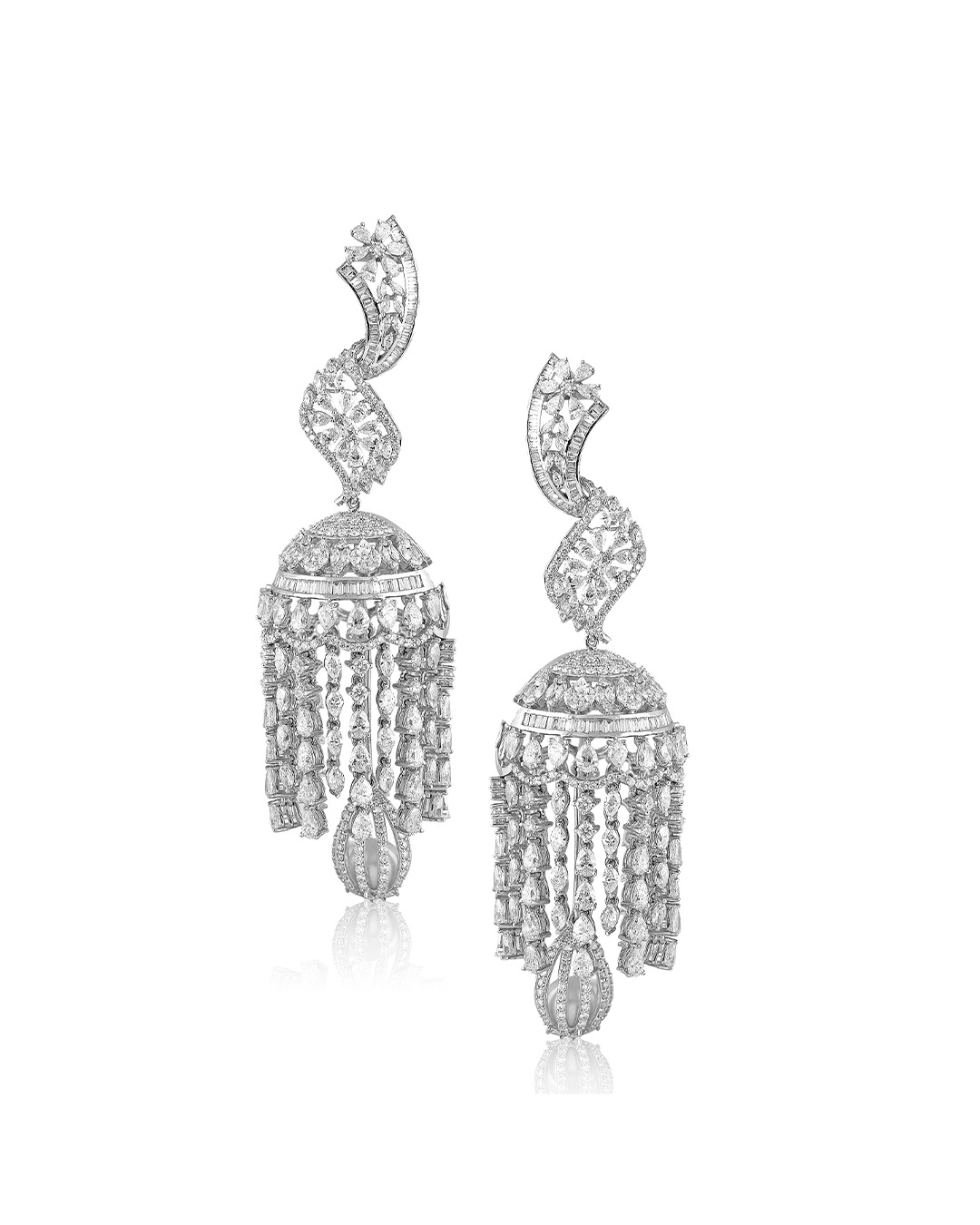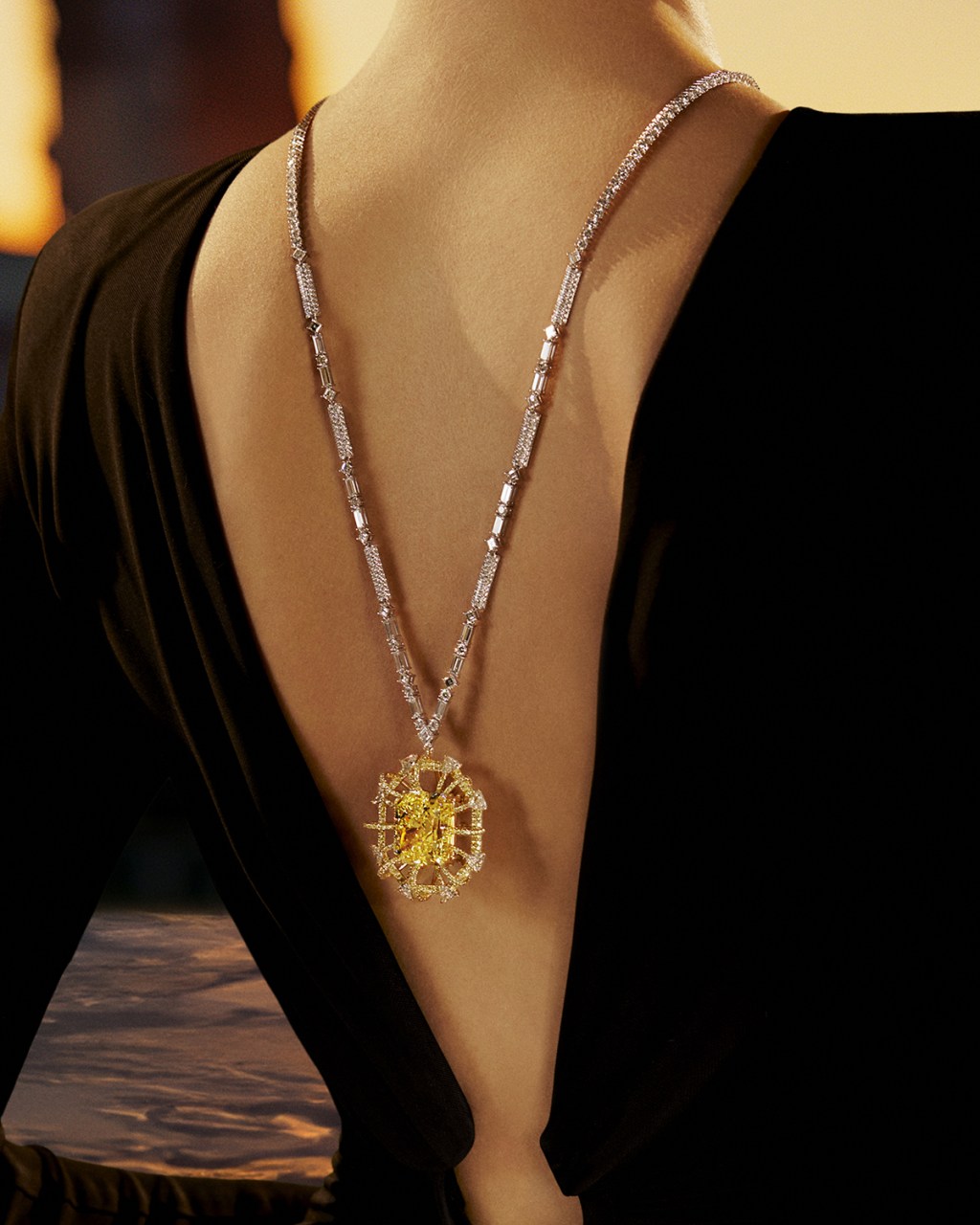A Decade in Diamonds
To celebrate the 10th anniversary of her eponymous high jewellery blog, Katerina Perez considers how natural diamond jewellery tastes and trends have changed over the decade and what the next chapter might look like.
Earlier this year, my team and I sat down to review the jewels of the latest red carpet event, the Golden Globe Awards. As always, we sought the most creative and captivating examples of high jewellery, fuelled by natural diamonds, coloured gemstones and innovative design ideas. What we discovered was an ocean of natural colourless diamonds – a ubiquitous blanket of sparkle covering women and men, established and emerging stars, and ears, fingers and wrists in equal measure. We stepped into a season of diamonds that continued well into the SAG Awards, Oscars, Met Gala and the Cannes Film Festival.
Diamonds are an Everyday Luxury
This was in January 2023, and it was a fitting start to my 10th anniversary year as a jewellery key opinion leader. It demonstrated that even in a landscape full of overwhelming choices, natural diamonds still have a firm grip as the ultimate symbol of high-profile luxury. Consumers witness these events in a flurry of flashbulbs and feel reassured that the aspirational items on their fine jewellery wish lists are still desirable. Plus, every generation has a point of fabulous reference: if Jenna Ortega demonstrates the perfect layered stack of diamond necklaces for Generation Z, then Angela Bassett, Jamie Lee Curtis and Michelle Yeoh ooze sophistication for the woman wearing diamonds in her sixties. And this is perhaps one of the biggest changes of the last ten years. Diamonds have shrugged off an air of maturity. Formality is being replaced by a sense of fun and youthful energy that gives designers and brands more scope to be creative. They’re no longer reserved for black tie affairs but worn casually in layers, stacks and strategic ‘messes’ that express the wearer’s personality. Just look to brands like Messika, Tejori, Mike Joseph, Marli and Stenzhorn whose jewels, whether for the hair, hand, lip, ear or wrist, can confidently be called ‘everyday luxury’.

The Democratization of Diamonds
Now we come to the chicken and egg dilemma… did social media and the rise of the internet result in the democratisation of natural diamonds, or were changing attitudes to natural diamonds simply accelerated by the rise of influencer culture? In my experience, when I decided to establish KaterinaPerez.com 10 years ago, it was almost unheard of to write about fine and high jewellery in any depth online. Getting ‘in the room’ to speak with designers and photograph new collections was a challenge, and it was only as Instagram, blogging and ‘influencers’ rose to prominence that sharing natural diamonds and high jewellery in general via the internet became more accepted. Now, pieces costing thousands of dollars are no longer hidden inside safes or known only to a select few; they’re photographed, videoed, and shown in all their glory on social media. This has made natural diamonds by the likes of Boucheron, La Marquise, Jawhara and VAK covetable by a wider cohort of people from all over the world and has introduced brands in Australia to shoppers in Switzerland, Emiratis to Brits, Americans to Italians, and so on.
The ecosystem of natural diamond jewellery is bigger now than it was ten years ago. Internet-empowered auctioneers offer fine gems online, while brands and natural diamond dealers sell finished jewels and loose stones online via marketplaces, e-commerce stores, Instagram and even WhatsApp. Consumers have more avenues to buy and more knowledge at their fingertips to keep sales professionals on their toes. Since the pandemic, buyers have also felt more confident in spending larger sums in online transactions. In 2020, Christie’s sold a 29-carat emerald-cut, D colour and VVS1 Type IIa natural diamond via an online auction for $2.1 million, receiving bids from 27 countries and five continents!
Reinventing Your Natural Diamond Jewellery
This consumer confidence has also supported the huge trend for remodelling and repurposing natural diamond jewellery, which has really entered the conversation in the past decade. Family heirlooms are swiftly transported to bespoke jewellers worldwide, who transform them into something new and exciting. “Sustainability and remodelling have always been an integral part of our bespoke business at H. Ajoomal,” explains founder and designer Harshad Ajoomal. “We treat this as a way of life at our brand studios, our team looks forward and encourages our clients to repurpose pieces, which are unused or inherited. With good design, product development and one on one interaction with the client, we create a range of ideas and hand sketches at our atelier which leads into a final wearable fine jewellery piece with the H. Ajoomal contemporary touch of course.”
Others are getting in on the action, too, with the likes of Hancocks in London’s Burlington Arcade buying auction lots and re-setting old mine-, rose- and fancy-cut diamonds in settings more appealing to modern women. And it isn’t just big natural diamonds that are getting this treatment. Los Angeles-based Sylva & Cie repurposes small melee diamonds and paves its jewels with them in a luxurious act of recycling.
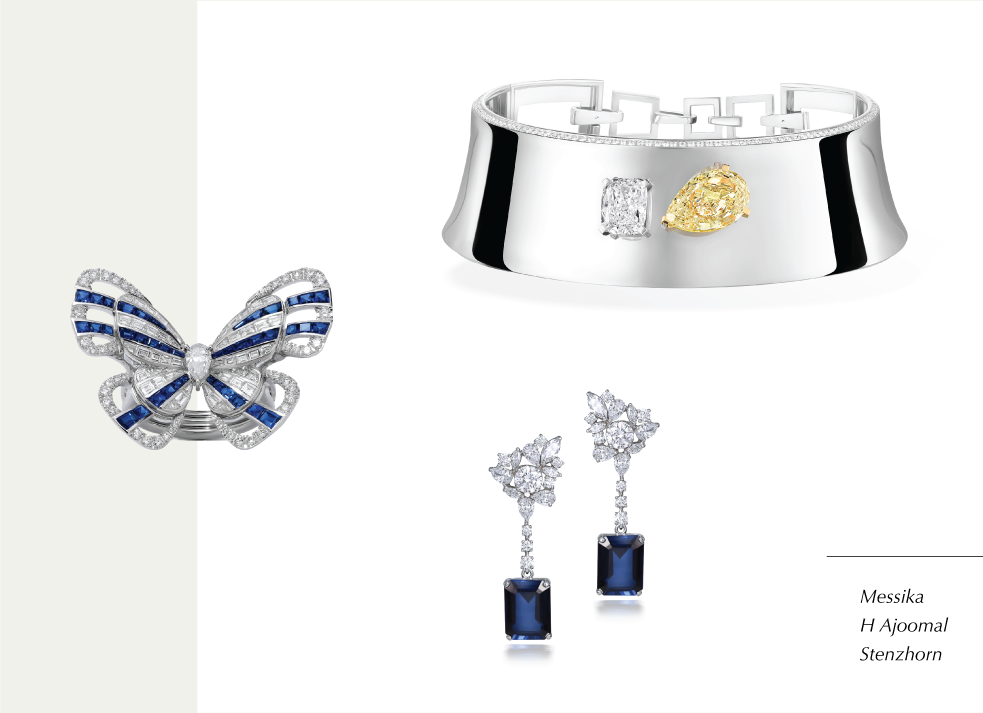
Emerging Diamond Jewellery Trends:Evolution of Natural Diamond Designs
Now that we’ve charted the biggest mindset shifts among consumers let’s turn to my favourite part: how natural diamond jewellery design has changed over the past decade! Classicism still exists. Beautiful clusters of natural diamonds surrounding elegant blue sapphires, rubies and emeralds are as sophisticated as ever, but tastes have undoubtedly changed. Brands are finding new colour palettes and combinations of coloured stones and diamonds to grab attention. It is now no longer unusual to see natural diamonds with materials that would once upon a time have been considered ‘semi-precious’ or just oddities, like aluminium, acetate, hardstones, petrified wood, agates, quartzes, and so on. Coloured gemstones and natural diamonds are now natural bedfellows, even for traditionally diamond-centric brands like Messika, Graff, Sartoro and Birdhichand. That’s not to say they’ve fallen out of love with diamonds; quite the contrary, they are discovering new ways to make this precious ingredient sing.
Experimental Diamond Jewellery
We are also witnessing a modernization of traditional silhouettes, not solely as western interpretations of traditional Indian styles but also among Indian jewellers too. Jhumkas, haathphools and maangtikkas have all been given a contemporary makeover by the likes of Notandas Jewellers, KAJ Fine Jewellery, and Manohar Lal Jewellers, among others. We’ve also seen examples of the mangalsutra being adapted to suit the modern woman’s lifestyle, with brands like RK Jewellers taking the core shape and reinventing it with a more streamlined aesthetic. What’s wonderful is that women from all cultural backgrounds can enjoy this type of jewellery and appreciate the significance of its design heritage.
Updating traditional styles has naturally led to a more experimental and innovative approach to design. Yes, they’re more casual but also more innovative. A recent example is the Reversible Xpandable™ collection by Picchiotti, with a unique flexible stretch mechanism and a double-sided finish, and the reversible Bleeding Tooth earrings with rubies by Studio Renn. Brands are also pushing the boundaries of transformability, including jewels that can be worn as rings and pendants at Antara Jewellery, or as statement pendants and cuff bracelets at Pavit Gujral Designs. Why settle on one piece when a creation can be worn in two, three or perhaps four different ways!
Diamond Engagement Ring Trends
To really see experimentation, however, one needs to look to the most reserved of all natural diamond categories: engagement rings. Typically, when a woman hopes to wear a piece of jewellery for the rest of her life, she chooses a more traditional path and a ‘safe’ design, such as a classic round brilliant-cut solitaire. However, over the last ten years, I’ve seen engagement rings that defy all expectations: fancy-cut diamonds, bezel settings rather than traditional claws, blackened 18k gold at Jessica McCormack, asymmetric styles, portrait-cut diamonds, bridal stacks, engagement ring jackets, I could go on.
There’s also a far greater understanding and acceptance of fancy colour diamonds among designers and their target customers. Yellow-tinged natural diamonds on the colourless spectrum, champagne diamonds, brown, black and covetable blue, pink and yellow diamonds were dominant forces in the 2010s. More recently, we saw Jennifer Lopez receive a natural green diamond engagement ring from Ben Affleck, which really pushes the boundaries of what is and isn’t considered ‘acceptable’ for a bride-to-be. Unconventional and unique engagement rings are everywhere, including pops of bright yellow diamonds from Amarante and minimalist black enamel designs at Amayra.
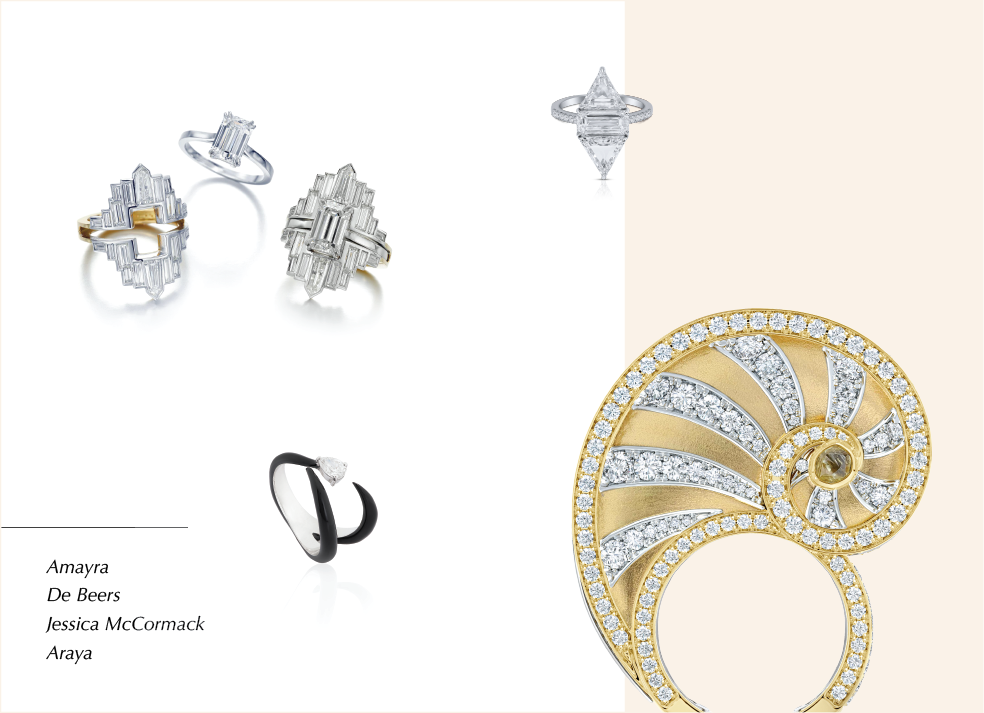
Finally, I’d like to mention fancy-cut diamonds, such as carré, bullet cuts, briolettes, and rose cuts, as well as fancy shapes like half-moons, trilliant, and kite. These are not simply relegated to private jewellers but are being used imaginatively by prominent brands like De Beers, Chopard, Chanel, and as specialties like VAK and Araya with their iconic portrait-cut gems.
Technologies are rapidly changing the cutting landscape, and soon, customers may be able to have any type of diamond they wish in whatever shape they demand. I believe we are entering a period of profound innovation and creativity – one that rips up the rule book and takes natural diamonds into a new and exciting era and I look forward to documenting this brave new diamond world for you, jewellery aficionados.

